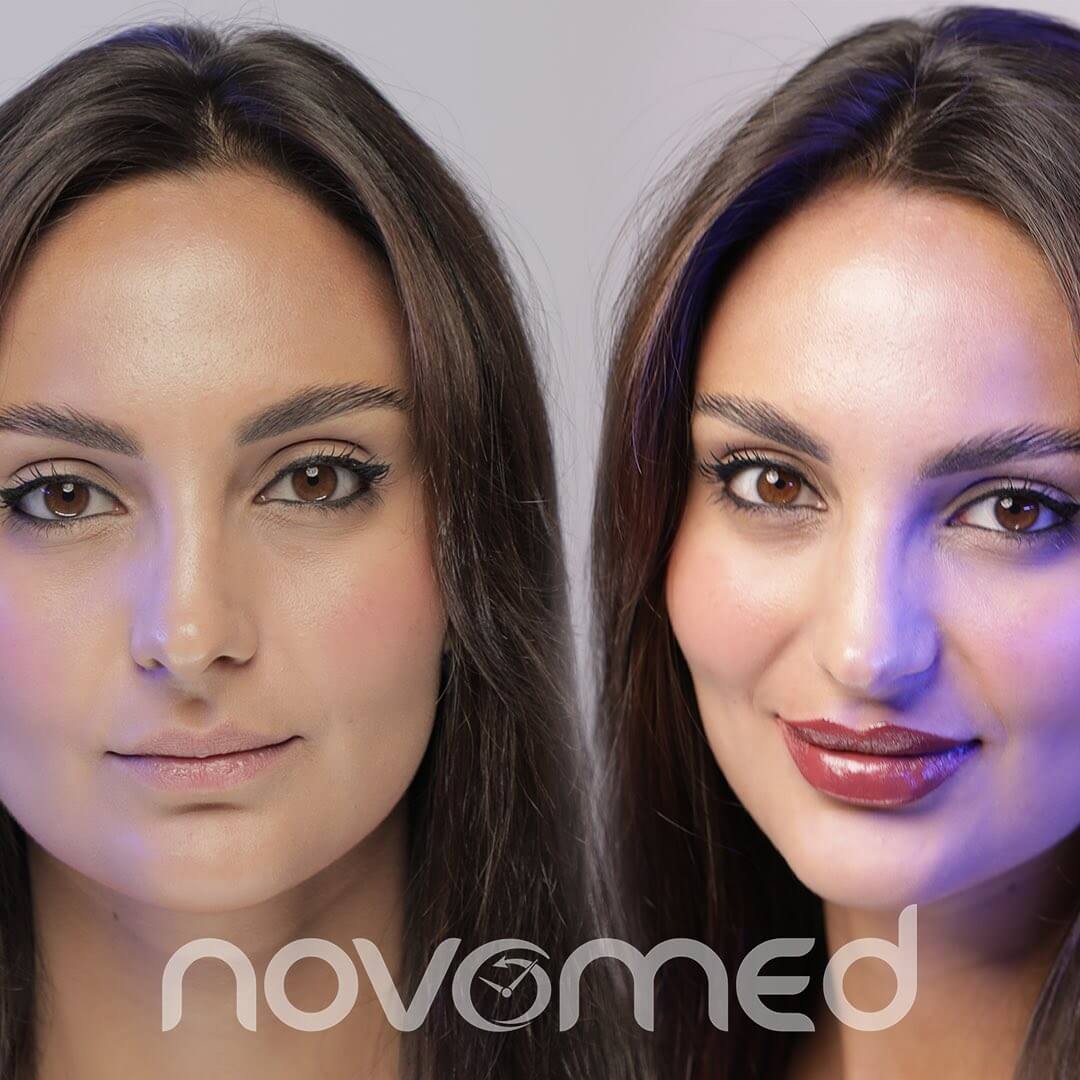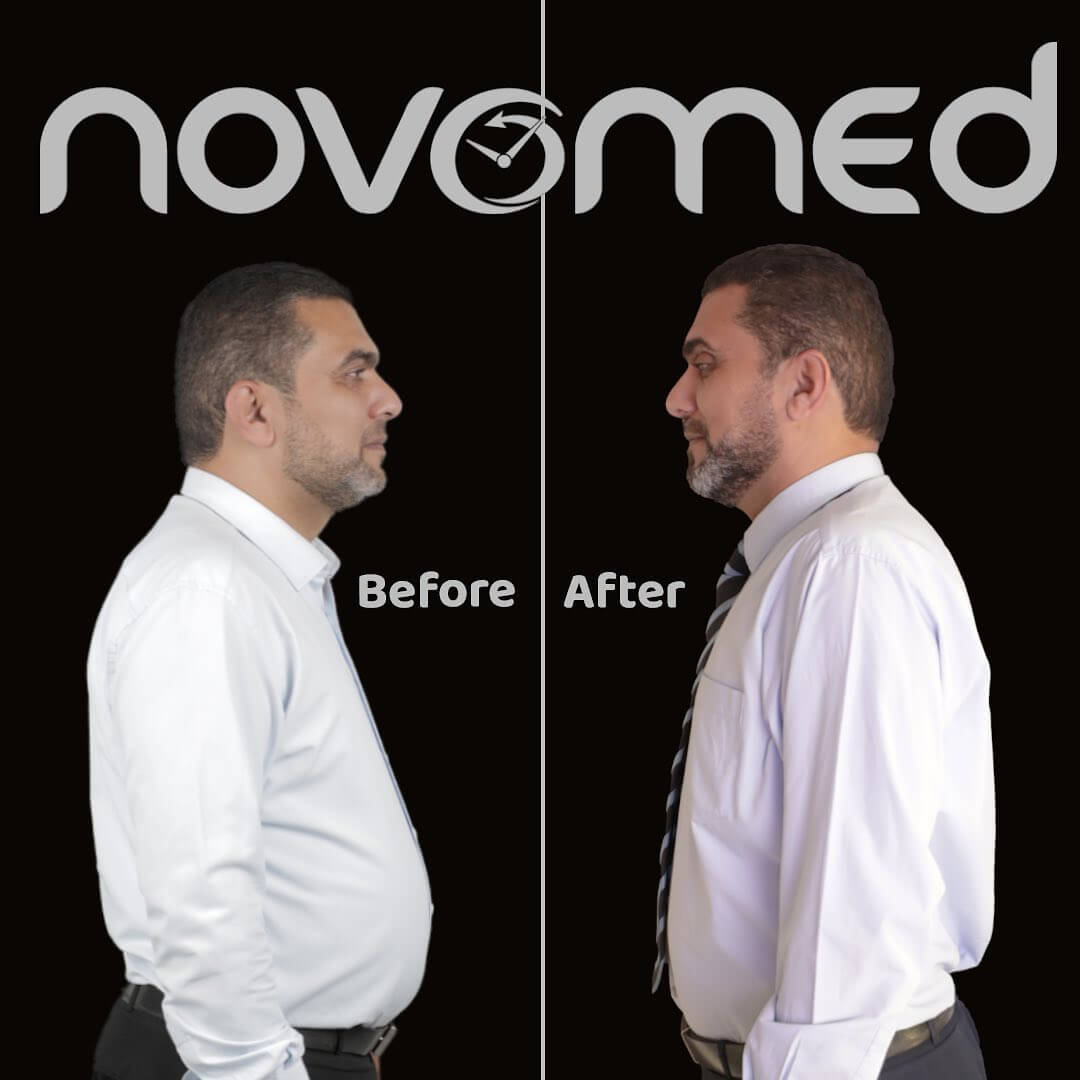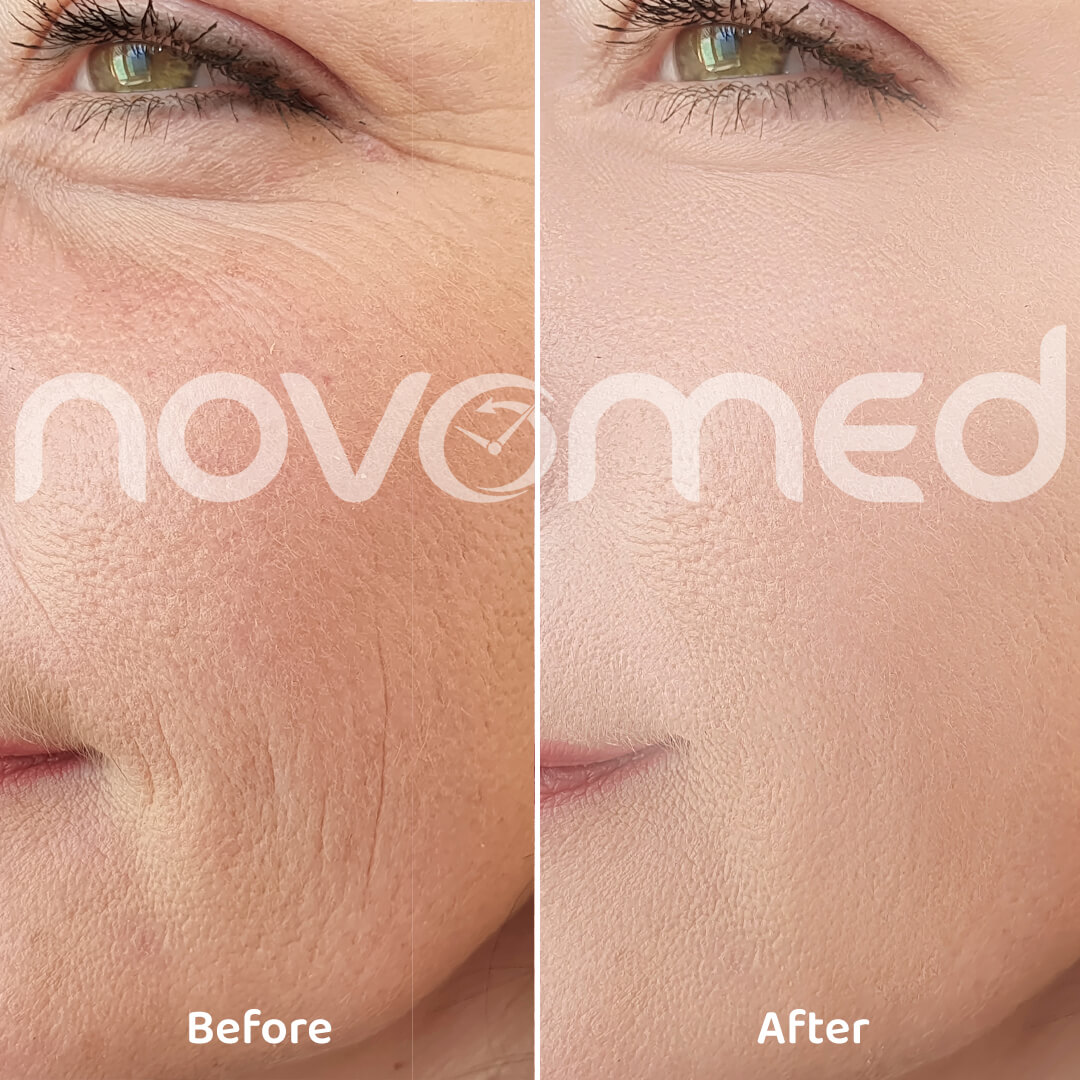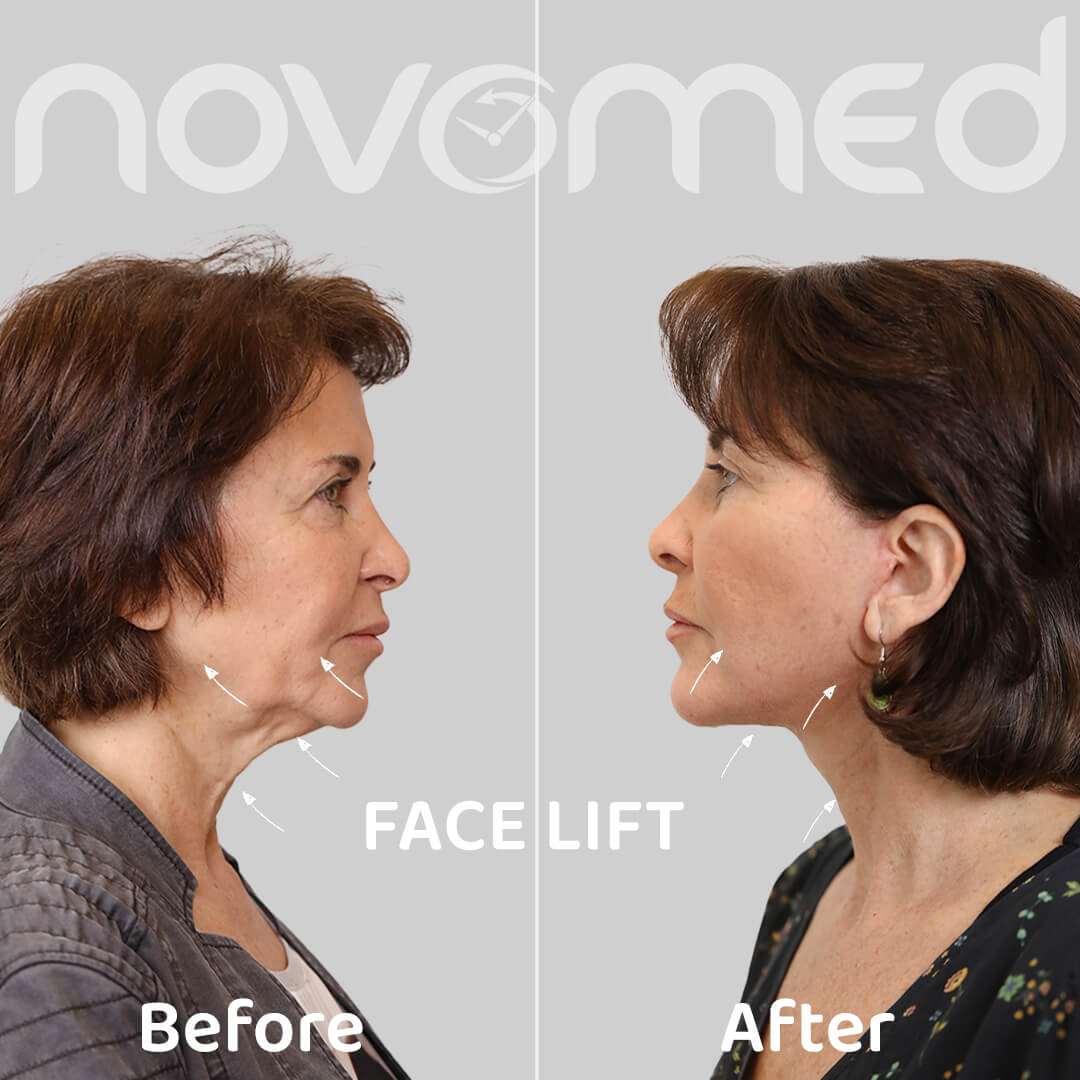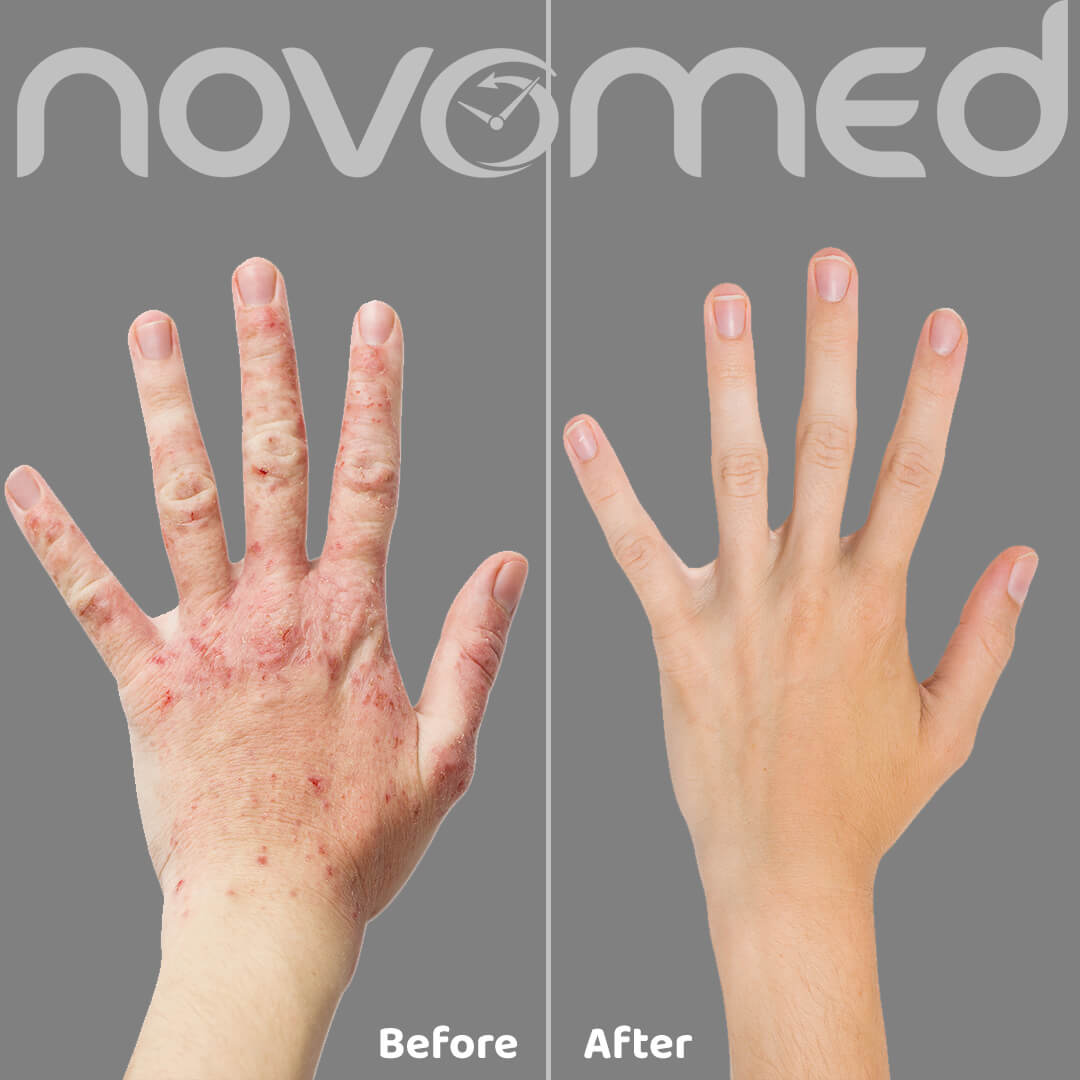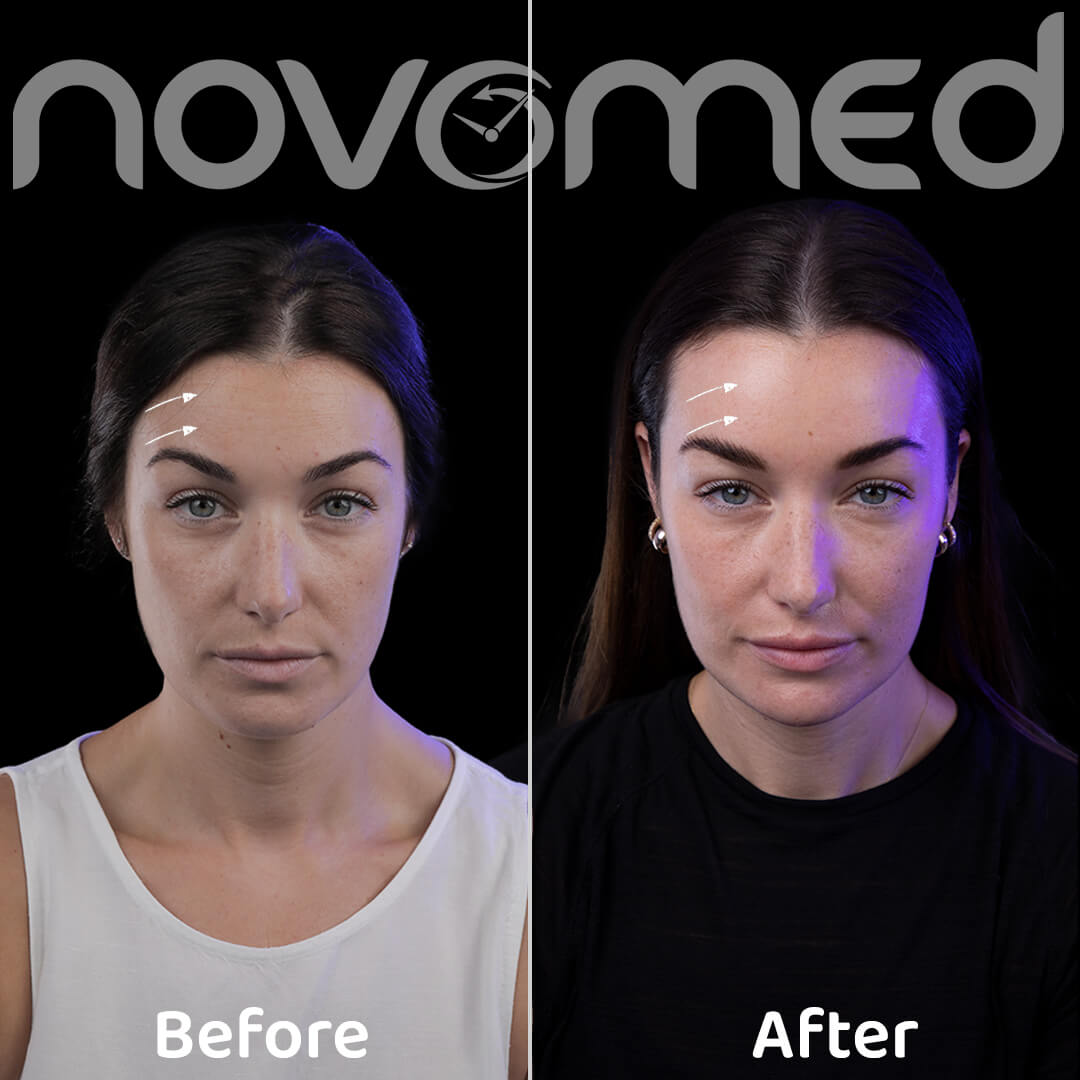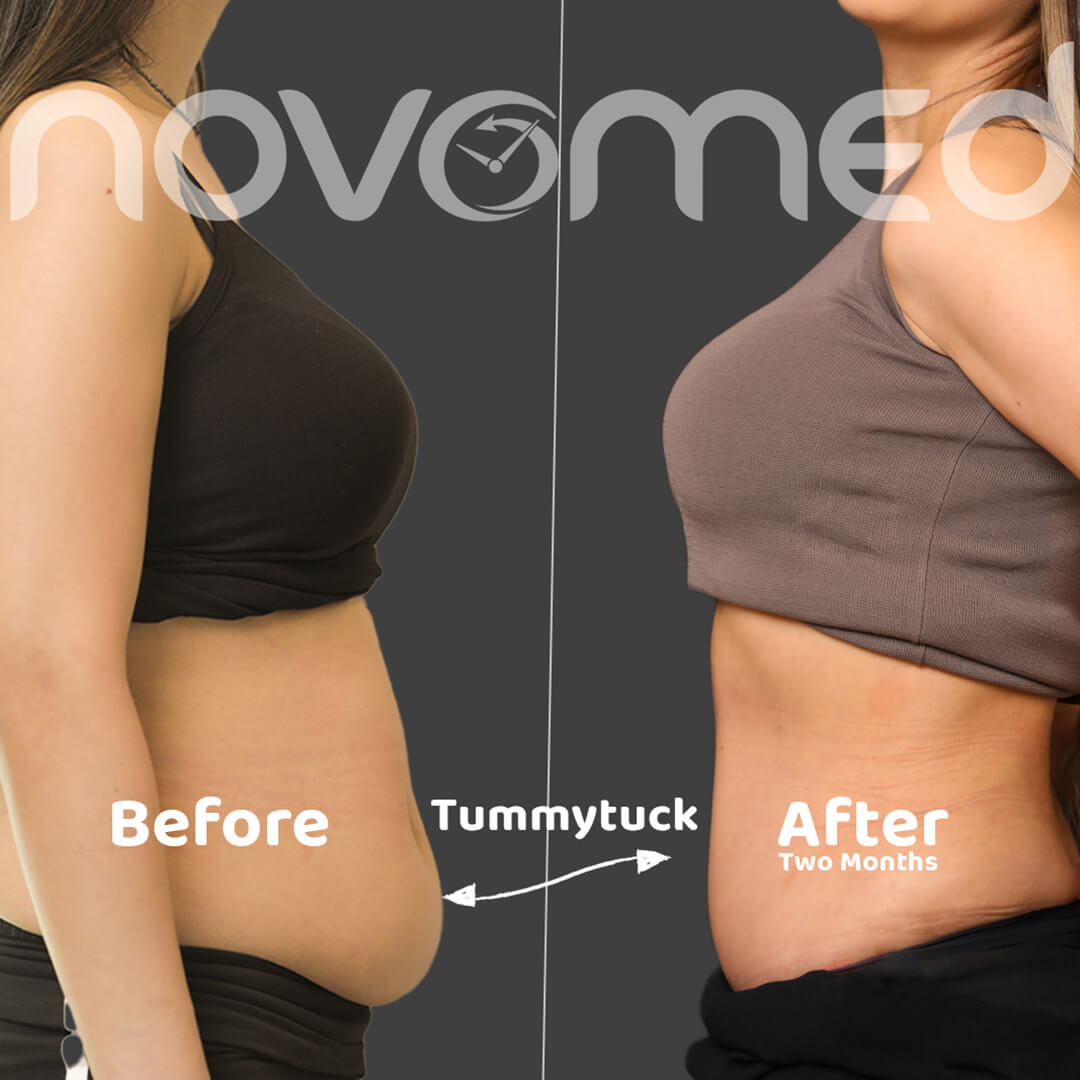The temporomandibular joint works as a sliding hinge that connects the jaw to the temporal bones of the skull. There is one joint on each side of the jaw. The temporomandibular joint disorder can cause pain in the jaw joints and muscles that control its movement.
It is often difficult to determine the exact cause of a TMJ disorder. Pain may be due to a combination of factors, such as genetics, arthritis, or an injury to the jaw. Some people who have jaw pain also tend to clench or grind their teeth, although many people usually clench or grind their teeth and do not have TMJ disorders.
In most cases, the pain and discomfort associated with TMJ disorders are temporary and may resolve with self-care or nonsurgical treatments. Surgery is usually the last resort after other treatments have failed, and some people with TMJ disorders may benefit from surgical treatments.
What are the symptoms?
Signs and symptoms of TMD may include:
- Pain or tenderness in your jaw.
- Pain in one or both temporomandibular joints.
- Dull pain in or around the ear.
- Difficulty chewing or pain while chewing.
- Aching pain in the face.
- Difficulty when you try to open your mouth wide.
TMJ disorders may also cause a crackling sound or an uncomfortable feeling when you open your mouth or when you chew. If there is no pain or movement restriction associated with jaw cracking, you may not need treatment for your TMJ disorder.
What are the causes of TMD?
- Clenching or grinding your teeth, which puts a lot of pressure on the joint.
- Erosion or movement of the disc between the ball and socket joint.
- Joint cartilage damage due to arthritis
- Joint damage from a blow or other impact
However, in many cases, the cause of TMJ disorders is not clear.
How is TMD diagnosed?
Your dentist will review your symptoms and examine your jaw and the alignment of your teeth. He is likely to do the following:
- Listen and feel your jaw as you close and open your mouth.
- Check the range of motion of your jaw.
- Press on the areas around the jaw: To identify areas of pain and discomfort.
If your doctor or dentist suspects a problem, you may need the following:
- X-ray imaging: To check your teeth and jaw.
- CT scan: For detailed images of the bones that make up the joint.
- MRI scan: To clarify problems with the joint cartilage or the soft tissues surrounding it.
How is it treated?
In some cases, TMJ symptoms can go away without treatment. If symptoms persist, your doctor may recommend different treatment options, including more than one being implemented at one time.
Pharmaceutical treatment
Along with other nonsurgical treatments, these drug options may help relieve pain associated with TMJ disorders:
- Pain relievers and anti-inflammatories: If over-the-counter pain relievers are not enough to relieve TMJ pain, your dentist may prescribe stronger pain relievers for a limited time, such as prescription ibuprofen.
- Muscle relaxants: These types of medications are sometimes used for a few days or weeks to help relieve pain caused by TMJ disorders due to muscle spasms.
Other treatments
Oral splints or mouth guards (occlusal devices): Oftentimes, people with jaw pain will benefit from wearing a soft or solid device inserted over their upper and lower teeth so they don’t touch. They help lessen the effect of clenching and correct your bite by aligning your teeth in a better position.
- Natural therapy: This includes exercises for stretching and strengthening the jaw muscles.
- Dental work: Your dentist may use crowns, bridges, or braces to balance the biting surfaces of your teeth or to correct a bite problem.
If your dentist recommends surgery or other procedures, be sure to discuss the potential benefits and risks and ask about all your options.
To book an appointment or for more information about TMJ Treatment, call us toll-free on 800 (NOVO) 6686 or click the live chat icon at the bottom of the screen.








